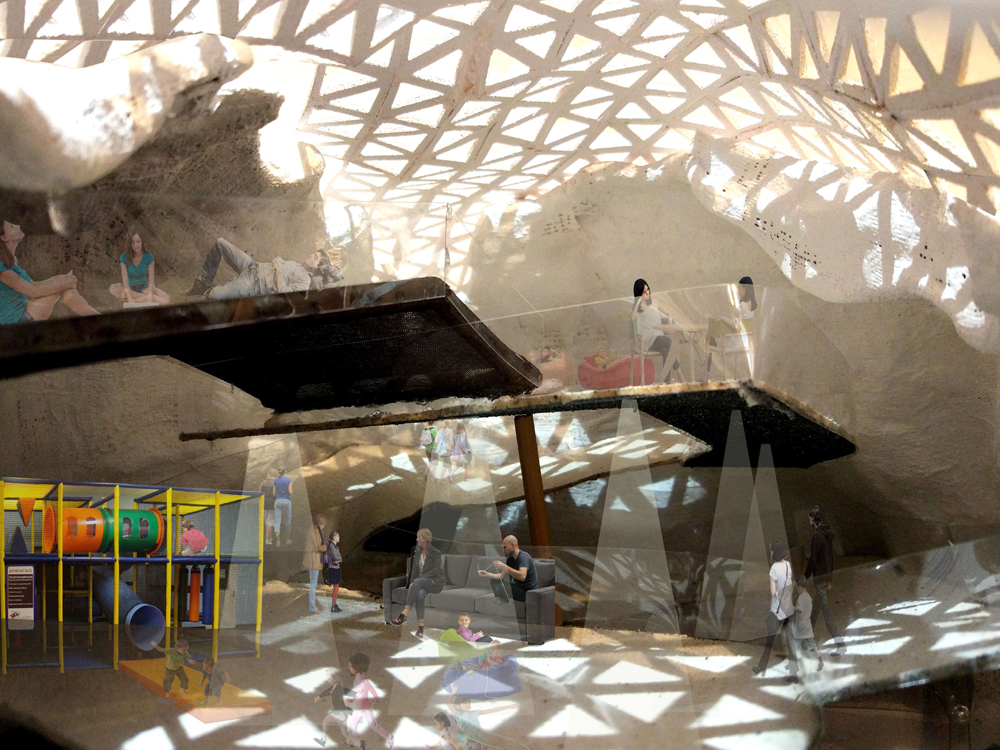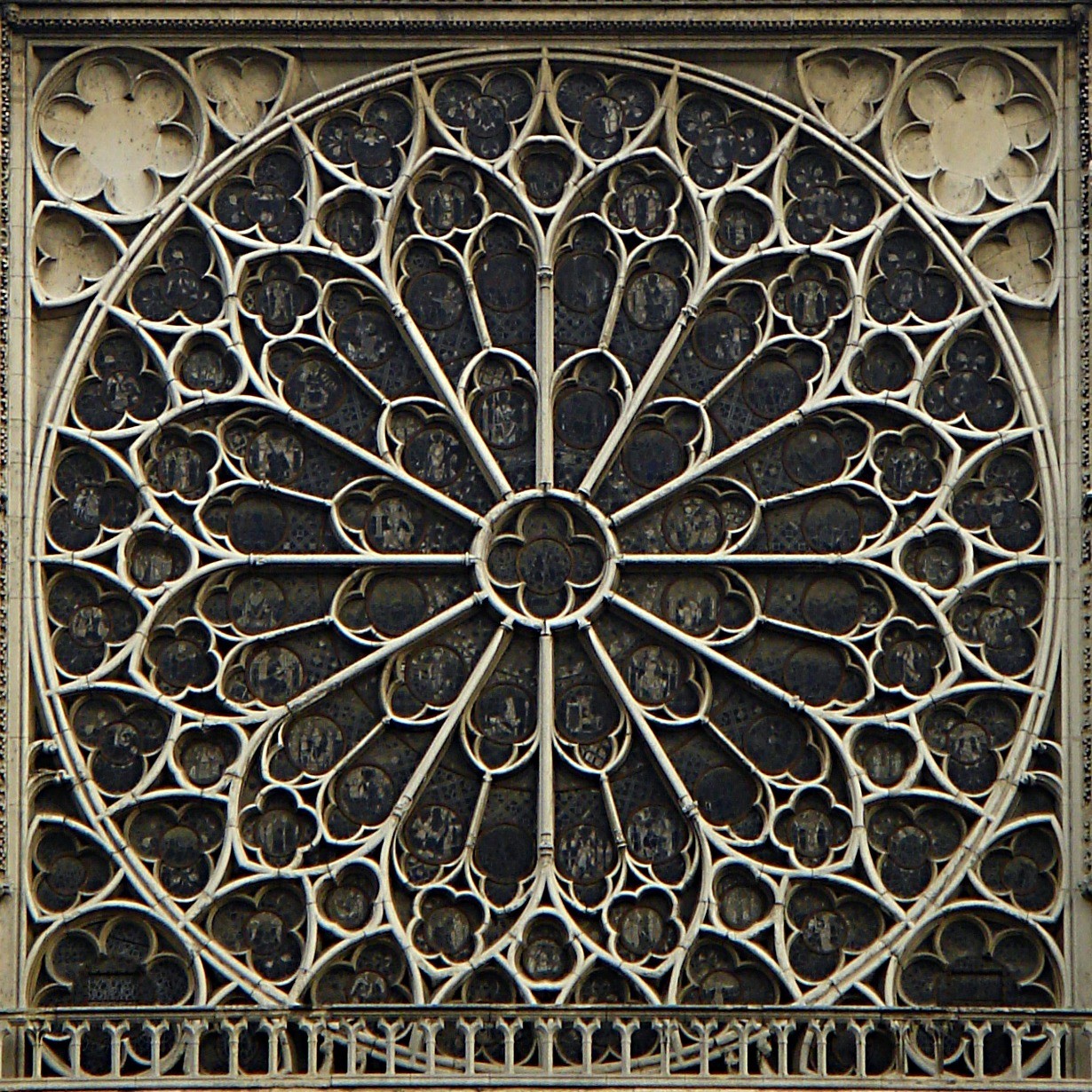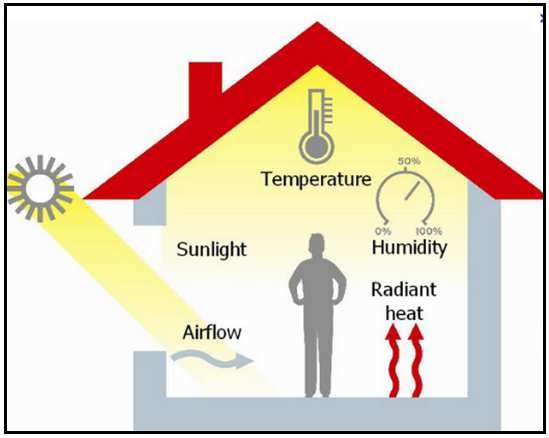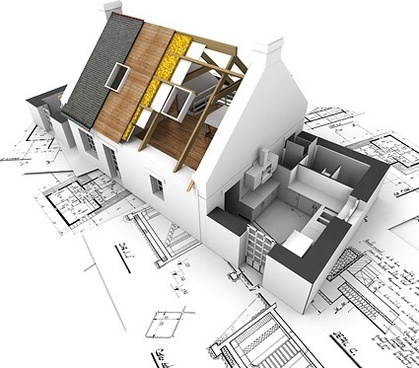
Module in Human Settlements Addresses Rapid Urbanization In The Developing World And Contemporary Urban Transformations Within The Scope Of Sustainable Development. It Focuses On Issues Of Housing, Building And Urban Development In A Context Of Development With Scarce Resources And Pressing Social And Environmental Constraints. Architecture, Urbanism And Spatial Planning Are the core disciplines of the program.
Upon The Successful Completion Of This Program, You Will Have Acquired:
i. Thorough Understanding Of The Dynamic And Multifunctional Aspects Of The Constructed Environment Through
ii. Skill in Interventions Reflecting Context-Responsive Concepts of Sustainable Development and Dealing With Different Levels Of The Constructed Environment (From Individual Buildings To Entire Cities)
iii. Skill in Stimulating Exchange and Feedback between Academic Theory and Day-To-Day Practice
iv. Skill in Cost Control on All Scale Levels
v. Sufficient Knowledge and Skills to Participate In Research On These Topics
vi. Conduct Critical Analysis of Approaches in Architecture, Construction, Urbanism (Including Urban Design) and Spatial Planning
vii. Plan, Conduct And Prepare Technical And Managerial Report On Individual Research Program.
viii. Be Creative in the Solution of Problems In Design And Development.
ix. Upon Completion Of This Course, The Students Shall:
x. Be Familiar with Key Concepts and Current Theories within the Field of Global Housing and
xi. Sustainable Settlement Development.

Architecture's Contribution to Society. This course is intended to expand students’ conception of architectural design beyond the physical form of buildings into the social, environmental, and contextual issues that design must address. The interdisciplinary nature of architecture will be emphasized through various lectures, exercises, and reviews. Students will be immersed in a studio environment, will frequently be working in groups, and will be instructed through individual critiques and group pi n-ups.
Having successfully completed the module, students should be able to demonstrate knowledge and understanding of:
i. The role of architecture as producing value in the larger society.
ii. The importance of proper ecological design in responding to local climates.
iii. Creating useful spaces for particular users in a non-generic way.
iv. Conceive of design projects as more than physical structures to include holistic solutions to difficult problems.
v. Develop appropriate solutions to design problems based on local context.
vi. Apply precedents and research to design work.
vii. Produce coherent and thoughtful solutions to expansive design problems.
viii. Self-critique pre-conceptions of design and what the role of architects normally includes.
ix. Effectively present projects to an interdisciplinary audience.
x. Learn independently in familiar and unfamiliar situations with open mindedness and in a spirit of critical enquiry.
xi. Begin to communicate ideas visually and verbally in a presentation format.
xii. Demonstrate an ability to develop spatial and systematic solutions to complex problems.

This module takes a deeper look to material that had initially been introduced under modern architecture. Cosmological, Scientific and philosophical concepts behind these major movements and their proponents are analyzed. Learners are introduced to new developments originating from latest works in the epistemology, phenomenology, analogy of science and philosophy.
Having successfully completed the module, students should be able to:
i. Express clear understanding of the concepts behind the historical and contemporary architecture, urbanization and industrialization.
ii. Express clear understanding of the ideas espoused by the main protagonists of the movements under study.
iii. Demonstrate an understanding of qualities of space and relationships
iv. Demonstrate an understanding epistemology, phenomenology, analogy of science and philosophy as they relate
v. demonstrate a familiarity with epistemology, phenomenology, analogy of science and philosophy as expressed in architecture
vi. portray a thorough understanding of inherent architectural issues and are able to express these ideas in a structured and coherent way
vii. Demonstrate skill and confidence in ordered and coherent expression, both written and spoken
viii. Learn independently in familiar and unfamiliar situations with open mindedness and in a spirit of critical enquiry.
ix. Work constructively as a member of a team and to manage both time and other sources effectively to meet the deadlines.
x. Demonstrate general numerical skills and problem solving skills.
- Teacher: ogbole gregory anthony ogah

Scientific background of thermal and acoustical properties of buildings and environments are presented with the aim of understanding and developing practical, appropriate solutions. In the first two-thirds of the course, the effects of temperature, climate, user- generated heat, mechanically-generated heat, and other thermal issues are studied. Methods of dealing appropriately with specific contexts are described, including active and passive ventilation, the stack effect, air flow, etc. In the final one-third of the course, building acoustics are studied, including the basic properties of sound and the relationship with building materials. Students will integrate design strategies from both of these topics into their studio design projects.
Having successfully completed the module, students should be able to demonstrate knowledge and understanding of:
i. Basic science behind climatology and micro-climates as applied to building and construction
ii. Heat transfer, solar radiation, and their relationship to building performance
iii. Human thermal comfort ranges, appropriate systems for managing them, and effective design strategies to minimize any negative impacts of uncontrollable thermal forces
iv. Principles of sound
v. Absorptive materials and sound behavioral
vi. Principles behind noise isolation and control
vii. Apply knowledge of thermal issues and employ intelligent thermal design practices in individual design work
viii. Apply knowledge of acoustical properties of space to a space they have designed in order to produce the desired acoustical effect.
ix. Choose construction materials based on thermal and acoustical considerations.

Advanced digital media for design and representation. In-depth tutorials of various software programmes commonly used by designers. Students will gain exposure to a variety of digital media and will be required to produce presentations using the software and techniques covered in the course.
Having successfully completed the module, students should be able to demonstrate knowledge and understanding of:
i. Understand and apply conceptual thinking skills that are important in animation
ii. Know principles of lighting design: modeling with light, visual function of shadows, use of colour, control of exposure and use those principles to create strong compelling compositions
iii. Analyze and demonstrate the methods of rendering, how to control renders and how to render for the desired effect
iv. Identify and effectively apply design and animation principles in the development of animation
v. draw a variety of styles of illustrations for use in computer-based products
vi. Use 3D modelling, texturing and rendering techniques effectively in the creation of animation
vii. Demonstrate competence with 2D and 3D animation software and create animation in
viii. 2D and 3D formats
ix. Use the vocabulary of 3D lighting and rendering as well as the language of art to critically evaluate final rendered compositions
x. demonstrate a working knowledge of the perspective of 3D models and the resulting effects as projected light sources in shadow, color, shade, texture and atmospheric effects
xi. Use the vocabulary of 3D lighting and rendering as well as the language of art to critically evaluate final rendered compositions
xii. demonstrate a working knowledge of the perspective of 3D models and the resulting effects as projected light sources in shadow, color, shade, texture and atmospheric effects

